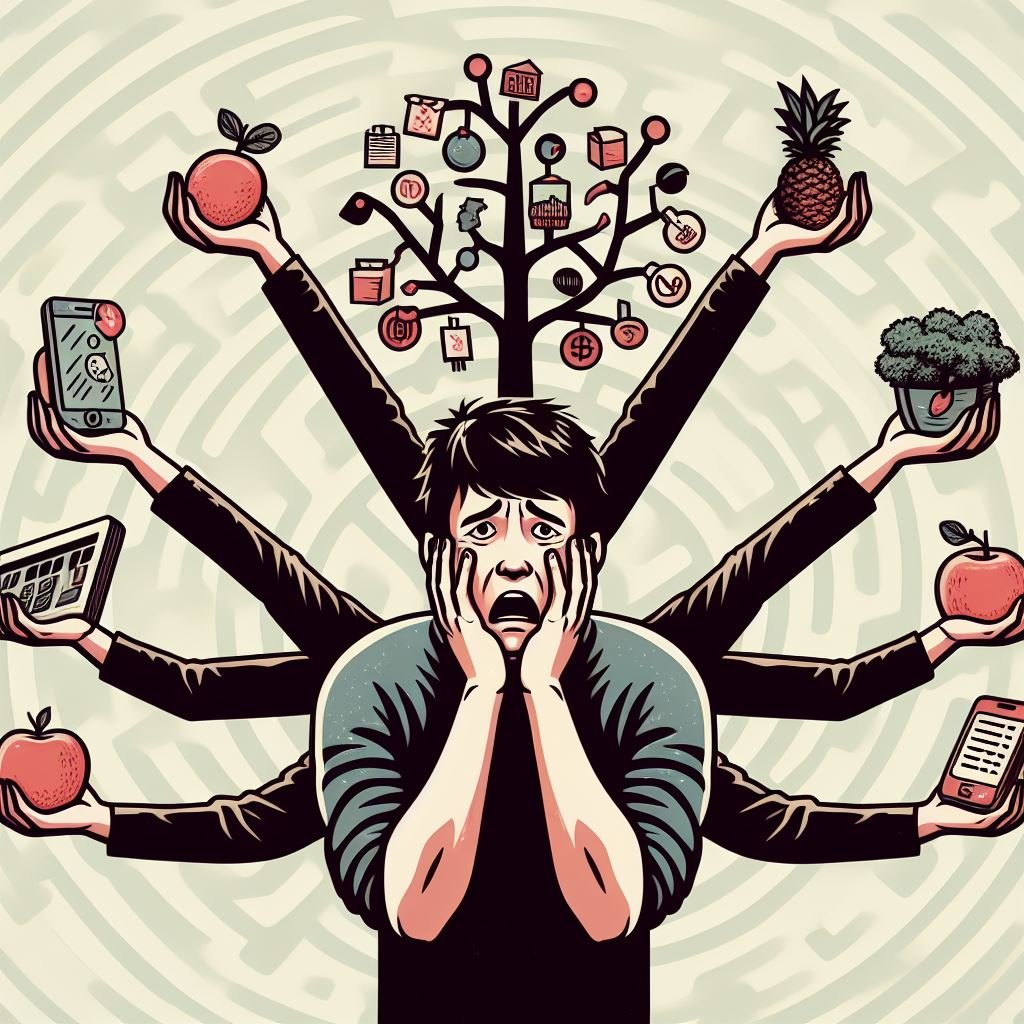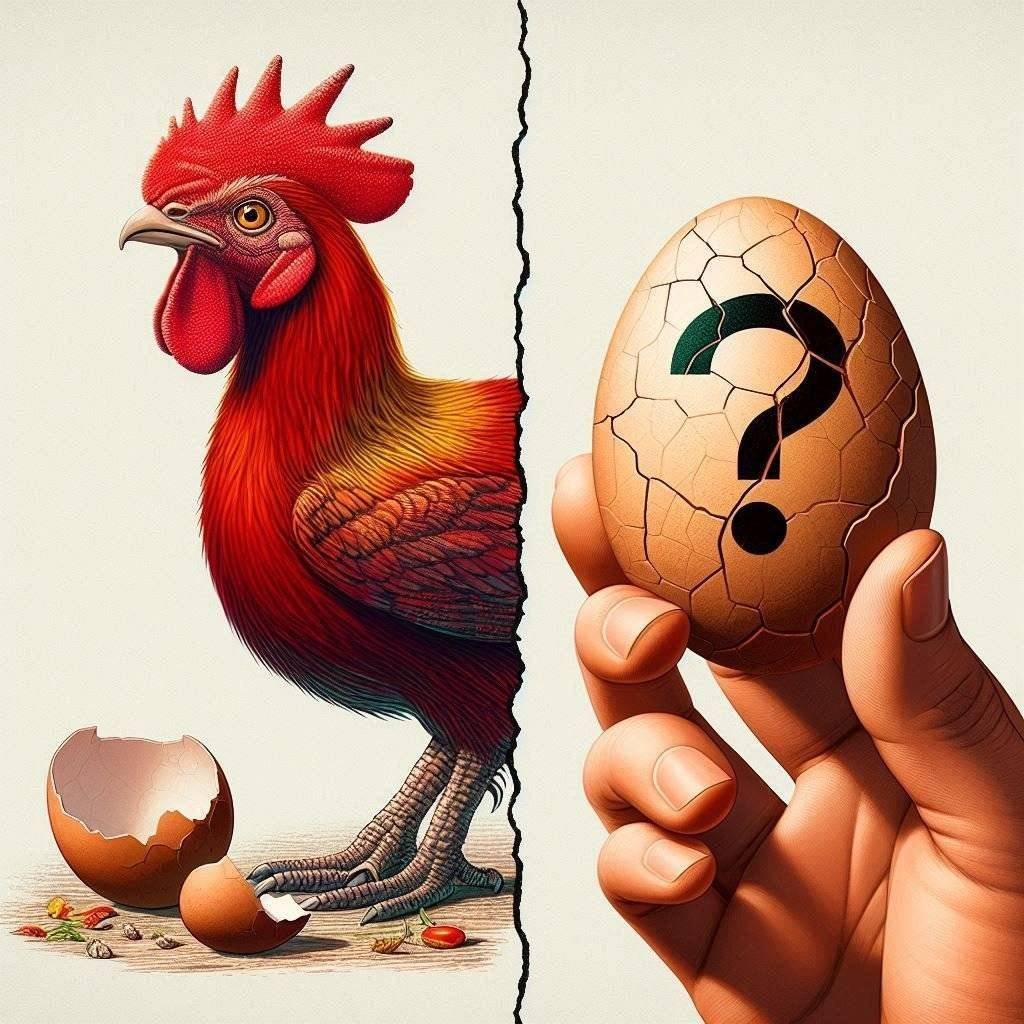In a world overflowing with options, from seemingly endless product varieties to the constant stream of entertainment choices, a surprising phenomenon emerges: the paradox of choice. This concept challenges the conventional wisdom that more choices translate to greater satisfaction. Instead, the paradox suggests that an abundance of options can lead to decision paralysis, dissatisfaction, and even regret.
Understanding the Paradox:
Imagine a grocery store with just two types of jam – strawberry and grape. Now, imagine a store with a hundred different jam varieties. The paradox hinges on this contrast:
- Premise 1: The Illusion of Control: A wider range of choices initially creates the illusion of control and the potential for finding the “perfect” option.
- Contradiction: This very abundance can become overwhelming, leading to difficulty in making a decision.
- Consequence: The decision-making process becomes stressful, and the chosen option, even if objectively good, may not bring satisfaction due to the lingering doubt about other possibilities.
The Psychology Behind the Paradox:
Several psychological factors contribute to the paradox of choice:
- Analysis Paralysis: Faced with too many options, individuals may get bogged down in overanalyzing each choice, leading to decision fatigue and difficulty in committing to any option.
- Escalating Expectations: With a wider range of choices, expectations for the “perfect” option can rise, making it harder to find something truly satisfying.
- The Fear of Missing Out (FOMO): The anxiety of choosing incorrectly, missing out on a better option, can linger even after a decision is made.
Beyond Consumerism: The Paradox in Everyday Life
The paradox of choice extends beyond consumer decisions:
- Information Overload: The internet age bombards us with information overload, making it difficult to choose from the endless news sources or entertainment options.
- Career Paths: With an abundance of career paths, individuals may struggle to find the “perfect” career, leading to job dissatisfaction and frequent job changes.
- Social Media: The constant stream of curated lives on social media can create unrealistic expectations and dissatisfaction with one’s own choices.
Strategies for Navigating the Paradox:
Despite the challenges, there are strategies to navigate the paradox of choice:
- Set Limits: Limit your options by considering only a few well-researched choices.
- Prioritize Needs: Identify your core needs and use them as a filter when making decisions.
- Focus on Satisfaction, Not Perfection: Aim for a good-enough choice that meets your needs, rather than searching for the elusive “perfect” option.
- Embrace the Power of “No”: Learn to say no to options that don’t align with your needs or priorities.
The Art of Making Good Choices: A Journey of Balance
The paradox of choice reminds us that the ability to choose is not without its complexities:
- The Value of Choice: Choice remains a valuable freedom, allowing us to tailor our experiences to our preferences.
- Finding the Balance: The key lies in finding a balance between having enough options to feel empowered and not so many that we become overwhelmed.
- Developing Decision-Making Skills: Honing our decision-making skills and understanding the pitfalls of too many choices can lead to greater satisfaction in our pursuits.
Beyond Options: A Life of Meaning
While the abundance of options in the modern world can be daunting, the paradox of choice serves as a reminder that true satisfaction may come from factors beyond material possessions. Focusing on intrinsic goals, meaningful relationships, and pursuing experiences that align with our values can lead to a more fulfilling life, even in a world overflowing with choices.



